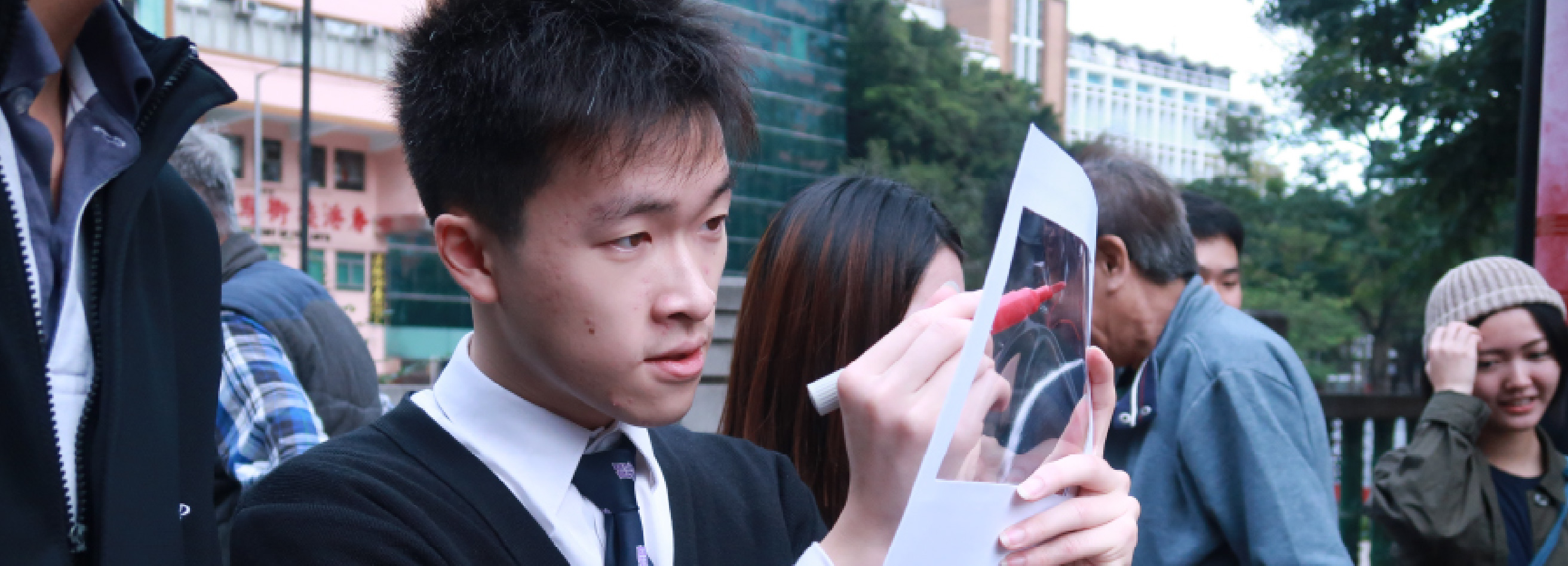Author: Paddy Ng
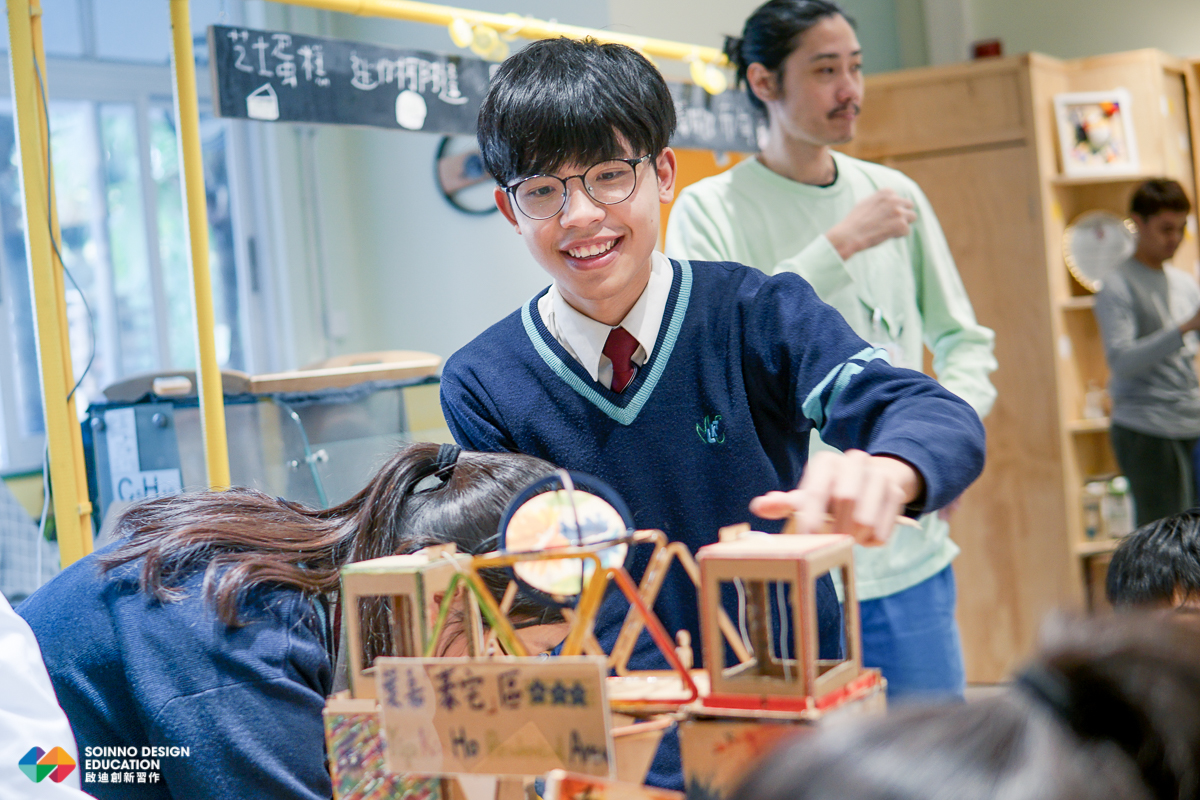
Such a heavy duty on my shoulder, a group of young people are assigned for a project on transitional social housing, with the aim to solve the hot problems of housing. Would that be possible? Could they handle that? A group of students just started their new year on senior secondary form, without any prior professional training, to be honest it is very farfetched even for a daydream, as a teacher-yet-a-traveller would say that it would be good enough to be an endeavour as a study project, one should not even ask for anything grounded. But I chose to say, “we have to learn how to stand on the shoulders of the previous ones. We have to realise our own needs, and also be able to see the different surrounding perspectives. Learnt that, see more, and then one could be able to extend the horizon, to be able to do more, or even to drive the society forward. One should learn to innovate responsibility, no matter for a big or a small step.”
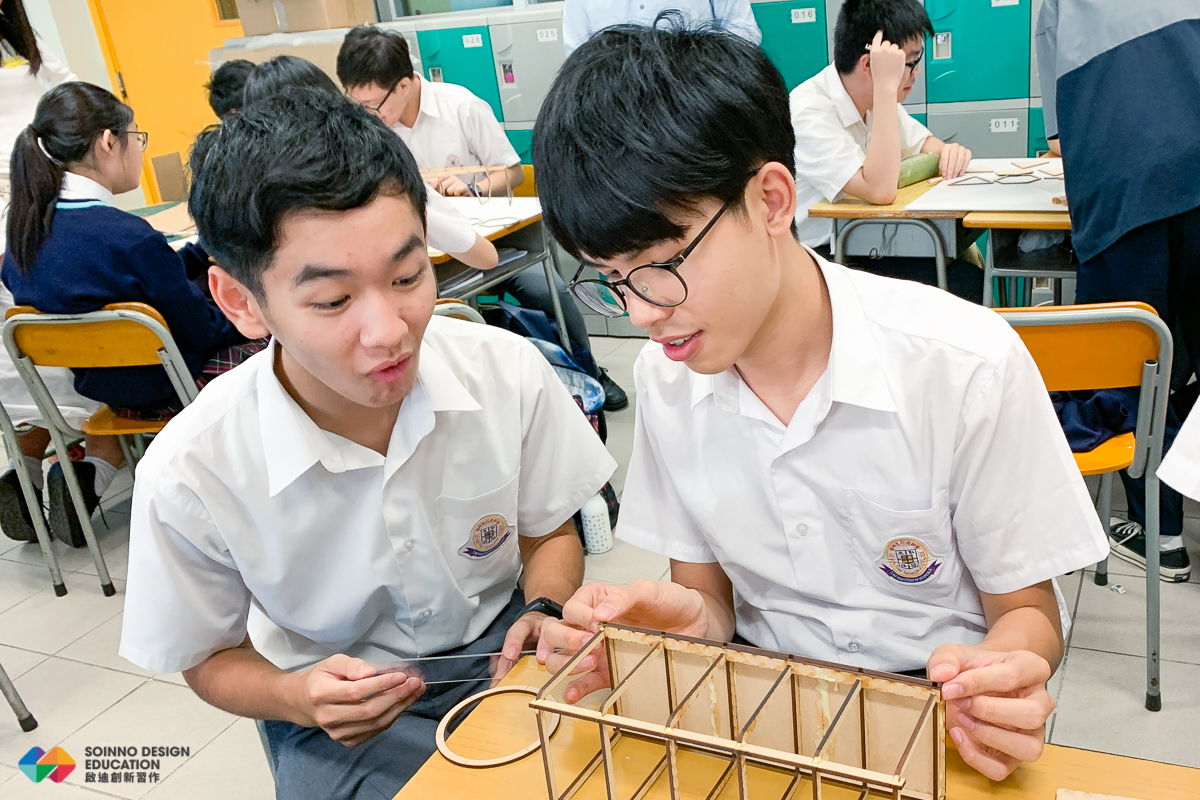
The aim of SoInno Design Education, is to make use of my knowledge, experience and methodology as an inspiration for the students. They have invited me to use the learning tools they develop to help “nurturing young people as innovator”. Of course the programme is aware of my identity of being a “Maker”, whom should be the best candidate to lead the students to yield the most from the tools to innovate. Yet for most of the time, the handiest ones are still just tapes, glues and scissors, may be this could be counted as a “mission failed”. What about the transitional social housing designated for young people? Nope 😭.
Maybe it is not an impossible task to incorporate design thinking and social innovation into secondary school curriculum. The hope to do this with the housing issue, with the aim to infuse with the subjects of Liberal studies and Economics seems also workable. As in the beginning, the students did recall what they have learnt in the subjects to engage in discussion. What they lack is a very important element that hinder them from understanding the problem in the city they live, and so to intervene with social innovation. They very element is “the existence of self”.
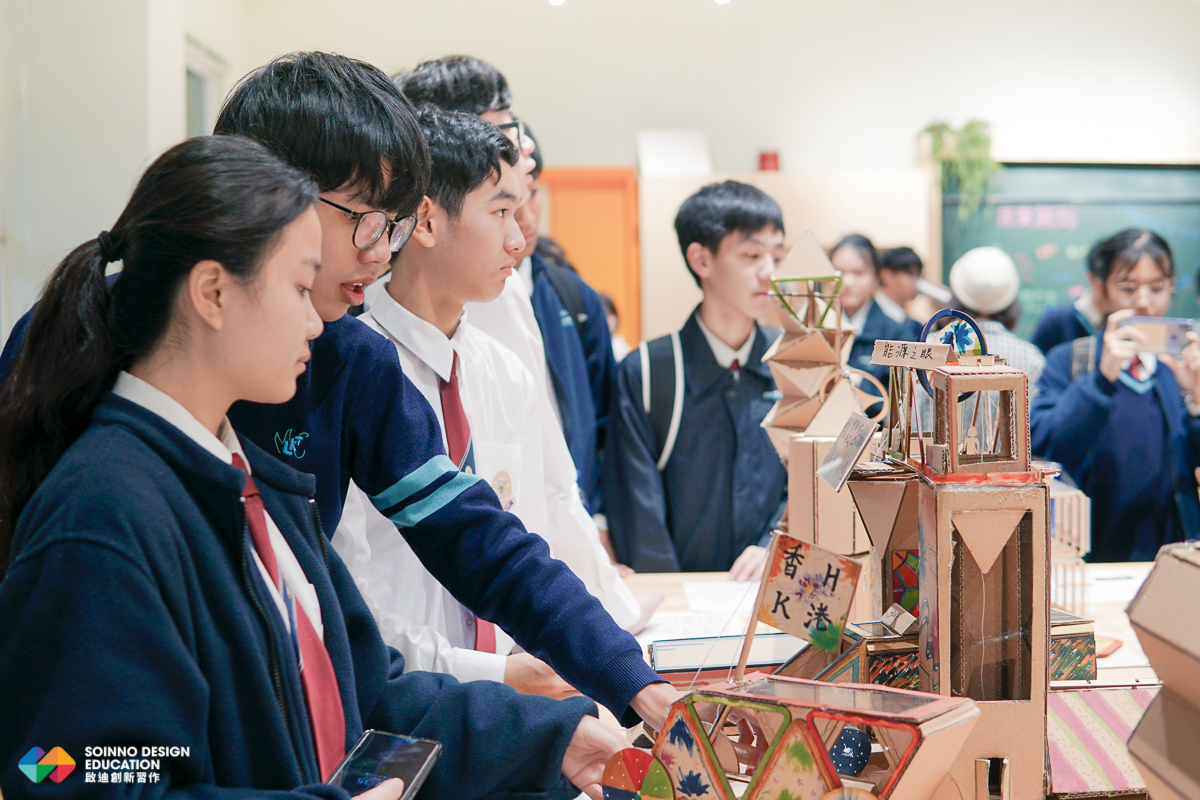
With limited experience in lives? The young ones will accumulate that one day. Not having enough empathy? Have more exposure with the world, or volunteer more could also help. To be able to realise the effort and sacrifice their parents have paid for their comfy lives under a roof? The students nowadays are actually not that ignorant. But the problem may rise if they are required to genuinely comprehend the housing issue in Hong Kong, and to provide grounded proposal through studies. The fundamental question came first “If your ideas are really that great, will you want to live in them?” no responses... And to design a community for a specific group, for them to embrace your plan? Further silence…
Maybe the school will have to fill them up gradually and responsibly with relevant knowledge first, and then we could move on to the next stage.
The internet let the students to get to know many things happening around the world, but there is a missing piece that we need to patch. The important piece is behind all that knowledge, exposure and empathy, there should be first an existence of the “self”, only with this in the picture we could start to talk about designing innovation with responsibility. In the project, to design for 4 fictional characters, Bill, Katie, Lin and Ken is a turning point for them to be aware of them”selves”. They started to think on their possible and probable relationships with these characters, leading them to depart from the initial model-answer-like, mark-scoring ideas, for which they would not be bothered to move in themselves.
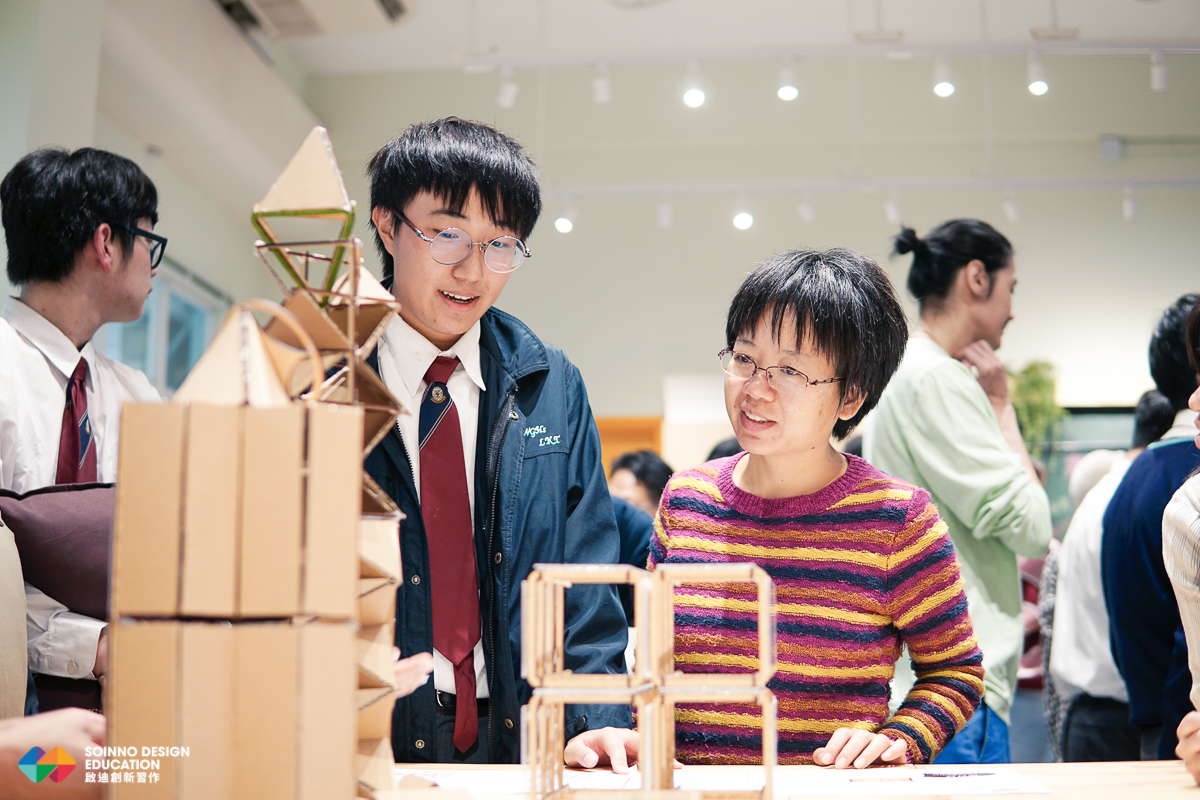
And then they began to be able to make use of the detailed material they gained from observation, to get to understand the fusion and balance between living and dwelling; and with the help of the learning kit, to be able to choose and prioritise their ideal plans. The project ended with a trip to a specialised school, at there the students presented their ideas to students with special needs and their parents, and after that they reviewed and concluded their studies with all the opinions collected. I believe, the feedbacks they have got, would be a sound start to do design responsibly, and this is the only thing I need to pass on to them this time.
The last thing I want to share, is my thought on the condition for the practice of creative acts. What I saw was the freedom they had at the sessions. At the sessions, some of the students would build their models so focus with their own playlist of music on the earphones, while some others would love to refine the details with discussion as a group. The teacher also put away the usual straight face because of the pressing curriculum and classroom management, let loose the students to learn and try under a relaxed atmosphere. All these may be the truth condition to inspire creativity.
